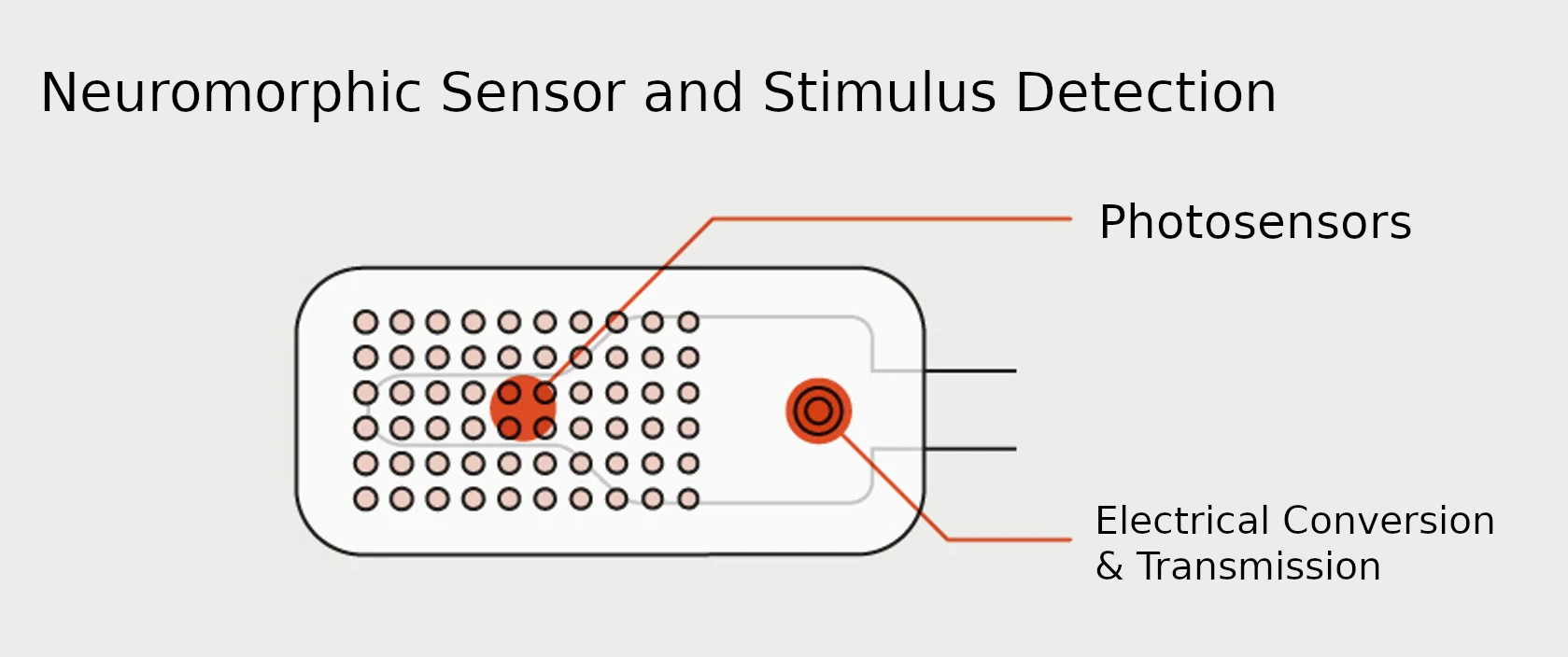This revision is from 2024/07/03 22:12. You can Restore it.
Three major issues with O.I. are...
- Lifespan: while they are potentially immortal, currently only about 100 days
- Size: too small, the bigger the organoid the more intelligence
- Communication: the input output system and effective training and communication.
Electrophysiology in O.I. is the study of neuron electrical system for the result that communication methods can be formed. The two known communication systems in the human body, chemical and electrical. While humans have five senses, the basic sense of a neuron is the electrical gradient (its associated field) and a handful of chemicals such as dopamine. The language changes the mode of the cell, initiates functions from its DNA manifold.
Each time we communicate with a neuron we are forming a sense for the neuron. The human bodies 5 senses are multi-modal, general. Contrast, humans challenged effort manufactures a specialized sense such as flying a plane, solving puzzles or playing a video game.
This work on electrophysiology is essential, some of the most basic animals sense their surroundings by electrical discharge on contact, maintaining a basic voltage and then any discharge means another object has touched and is near. Another is seeing in magnetism. Neurons maintain an electrical difference that when fluctuated cause the neuron to act.
Commmunication with a neuron is a change in the electrical gradient, polarization of the cell and the language of the neuron is deviation in its electrical gradients. Action potentials, resting membrane potential, depolarization, repolarization, refractory period...
The operator stimulating the neuron gradient, action potentials to cause the release of neurotransmitters relative to the aim.
- Reward: Dopamine
- Punishment: Serotonin, perhaps Norepinephrine.
There are over 100-150 known neurotransmitters, narrowing it down to two is a punk out. Some others... acetylcholine (ACh), norepinephrine (NE), GABA (gamma-aminobutyric acid), glutamate, endorphins, histamine, melatonin, adrenaline (epinephrine)...
Designing a specialized sense means translating essential rules into electrical stimulations sent to neuron to cause the release of specific neurotransmitters. These rule can be detailed or they can be superficial, contrast of every positive and negative action in flying a plane or simply "you died" or "great, you got a high score". This design relies on re-enforcement learning, operant conditioning. If the neuron performs well, it gets a reward such as dopamine or a punishment such as serotonin.
Manipulating solely the gradient to illicit nueorotranmission or supplying the chemical directy, any number of differences is entirly and completely up for experimentation.
At some stage multi-modal senses are required because most applications could fall into a general permanent sense.
O.I. and Building Multi-Modal Sensory Systems
It is real world signal translation, encoding into electrical organoid friendly signal, radio. Build four permanent senses, two input and two output.
These senses are electrode arrays that are converted to an electrical form and sent to the organoid. These peripherals are not biological, they are electronic. The 4 senses...
Input
- Sight, photosensor array to electric conversion and transmission to organoid. Basically a camera.
- Hearing electrode array, basically a microphone, again for the sake of simplcity it might be a frequency/amplitude array.
Output
- Voice electrode array, basically a speaker, where the electrical signals produced by the organoid makes sound out of the speaker.
- Visual electrode array, basically a T.V, where the electrical signals produced by the organoid can generate an image on the T.V.
The organoid is trained to use these input and output devices. A.I. LLM trainers, educators, such as LLM english language trainer where the operant conditioning program is language.
Electronics is well capable to build these systems. These prothesis have medical application for those that have lost a sense. Let's look at the artificial retina. The technology is the development of retinal stimulation system using artificial retina that turns light to electrical signals, such as the Argus II which is a retinal prothesis. Cochlear implants, that turn sound waves into electrical signals. These protheses work in the same way, to the production of a convertor that turns the real world into electrical signals. These are the right signals to send to an organoid as they mimic real world senses. There is evaluation based on the real world senses. Essentially a prosthetic is sound, the electrical signal neurons produce to move our mouths to produce sound, taking those modulating signals and putting them through a speaker.
This takes much of the guess work out of the situation, we know the class of inputs they are receiving as we can compare that with the sensory brain interface in humans, eliminating non-essential intermediaries.
Along with developing an artificial sensory system that have medical applications.
Such a complex partitioning could be termed, brain targets. Some parts of the organoid are targeted for visual, others for hearing.
 IMMORTALITY
IMMORTALITY 